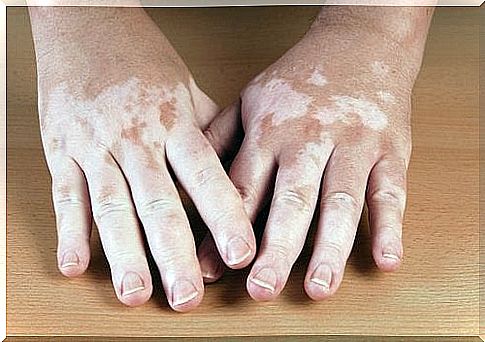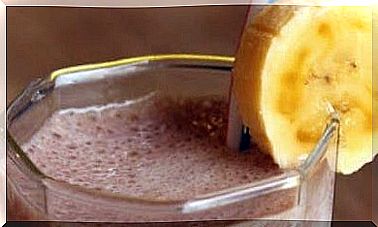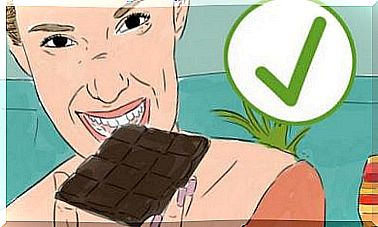Skin Care Tips For Vitiligo
There are several treatments for Vitiligo that your dermatologist can prescribe for you.

Vitiligo is also known as white spot disease in German-speaking countries and affects about one in 200 people. This makes it one of the most common diseases. There are several treatments for vitiligo that your dermatologist can prescribe for you.
Vitiligo is characterized by the appearance of light, sometimes pink-colored patches of skin, which are separated from healthy skin by a dark border. These spots then appear all over the body.
In this article, we’re going to give you skin care tips for Vitiligo.
Interesting facts about vitiligo
In the vernacular, Vitiligo has many names, the most famous of which is white spot disease. The skin of the check is also spoken of. The characteristic skin spots also occur particularly frequently in the following areas of the body:
- around the eyes and mouth
- on fingers and hands
- on the elbows and in the armpits
- on the upper body
- in the groin area
People of all ages can suffer from vitiligo, a condition that leaves skin without skin defects or itching.
At the biological level, it is caused by the melanocytes, skin cells that should produce the pigment melanin. It is still not known exactly why the melanocytes of those affected produce insufficient melanin in certain areas.
The predisposing factors for vitiligo include:
- Genetic components, inheritance
- Autoimmune diseases
- Hormonal disorders
- Thyroid disorders
- Addison’s disease
- Pernicious anemia
- Diabetes mellitus
- stress
- depression
- Wounds
The hypothesis most commonly held today about the development of Vitiligo is also based on the existence of an imbalance in the immune system.
Vitiligo is seen as an autoimmune disease in which the body acts against the melanocytes as if it were bacteria or a virus. Although the melanocytes are part of the body’s own structures, they are then attacked by the immune system.

A few pieces of advice:
- Going to the dermatologist is inevitable: the doctor makes a well-founded, reliable diagnosis and can then recommend therapy with creams or gels.
- A healthy lifestyle: It can be very helpful to quit smoking, not to overeat, to compensate for long periods of sitting with appropriate exercise and to maintain a healthy lifestyle.
- A positive outlook on life: People who suffer from vitiligo often develop depression and are generally ashamed of their illness. This energy should better be invested in treating the skin and not in thinking about what other people might think.
- Stress avoidance: relaxation techniques are recommended, mediation, yoga and breathing exercises.
- Sun protection with a high sun protection factor: The sun protection factor should be just as high as it is for children. The affected skin is particularly sensitive and then needs adequate protection.
- Exercise: Exercise helps us feel better, reduces stress and activates the body’s detoxification mechanisms. All of this then leads to a better quality of life.
- A healthy diet: foods that are heavily processed and can only exist due to the addition of preservatives and additives should be avoided. Try to cook with natural ingredients and also eat at home, not in the cafeteria, canteen or restaurants.
By following a healthy lifestyle, exercising regularly, and avoiding other habits that are harmful to skin health, you can feel better.
Skin care tips for vitiligo
Radish seeds and apple cider vinegar

ingredients
- 4 tbsp radish seeds (40 g)
- 1 dash of apple cider vinegar
preparation
- Put the radish seeds in a jar and pour apple cider vinegar over them so that they are covered. Then let it sit overnight.
- Then the next morning you crush the radish seeds until you get a paste.
- Apply this to the affected skin, then leave it on for two hours before rinsing it off with plenty of lukewarm water.
- Then repeat this treatment three times a week.
Basil leaves and lemon juice
The aromatic basil has antioxidant properties and also has an antiviral effect , which helps prevent premature skin aging.
ingredients
- A few leaves of basil
- A few drops of lemon juice
preparation
- Wash and chop the basil leaves, then mix them with the lemon juice to make a paste.
- Then apply the made paste to the affected skin areas up to three times a day.
Wheat germ essential oil
Wheat germ oil is able to nourish your skin with vitiligo. All you have to do is apply a few drops of wheat germ oil to the skin and spread them with a cotton ball.
- Then leave the wheat germ oil on for five minutes so that it can penetrate the deeper layers of the skin.
- Don’t wash it off afterwards. Then repeat the treatment daily.
Powdered turmeric and mustard oil

An effective cream can be made from these two ingredients.
ingredients
- 3 tbsp turmeric powder (30 g)
- ½ cup mustard oil (125 ml)
preparation
- Mix the two ingredients together to form a cream.
- Then apply the cream to the affected areas of the skin, morning and evening.
Olive oil and black pepper
Black pepper has a similar effect to turmeric and olive oil, then additionally intensifies this effect through its skin-caring properties.
ingredients
- 1 cup of olive oil (250 ml)
- ¼ cup black peppercorns
preparation
- Grind the peppercorns, bind the pepper with a little water, then set it aside.
- Heat the olive oil in a saucepan, then add the pepper and let it steep for five minutes.
- When it has cooled down a bit and is only lukewarm, you then pour it through a sieve into an airtight container.
- Then use a cotton ball to spread the resulting liquid over your skin every day.
papaya

Not only drinking papaya juice is recommended, but also using this fantastic fruit for external use. In order for your skin to benefit from this delicious, nutritious fruit, all you have to do is peel it and then extract the pulp.
Then apply this to the affected areas of skin and let it dry there before rinsing it off with lukewarm water.
You can also cut off a slice of the papaya and rub it on the patches of skin. Then there will be enough left over to enjoy its health-promoting properties from within.
Lentils and honey
Honey is much more than just an effective antiseptic.
ingredients
- 1 handful of lentils
- 1 tbsp honey (25 g)
- some water
preparation
- Soak the lentils in the water, then crush them to make a paste.
- Then mix these with the honey to form a homogeneous cream.
- Then, spread the cream over your skin in gentle, circular motions.
- Then let it sit for 15 minutes before rinsing it off with lukewarm water.
- Then repeat the treatment several times a day.









